As a tried-and-true staple in the supplement industry, most of us are no stranger to creatine. The ingredient, which is often associated with the sports nutrition market, is one of the safest and most well-studied ingredients in existence. Most companies tout creatine's muscle-building benefits, but once you understand its underlying effects -- supporting ATP production -- it's no surprise that the ingredient does so much more than support muscle growth and strength.
Every mature supplement brand needs at least one creatine supplement, but the innovators at Glaxon now have two. Originally, they released Dr. Creatine, a capsule-based creatine supplement that uses delayed release capsules to improve creatine's uptake.
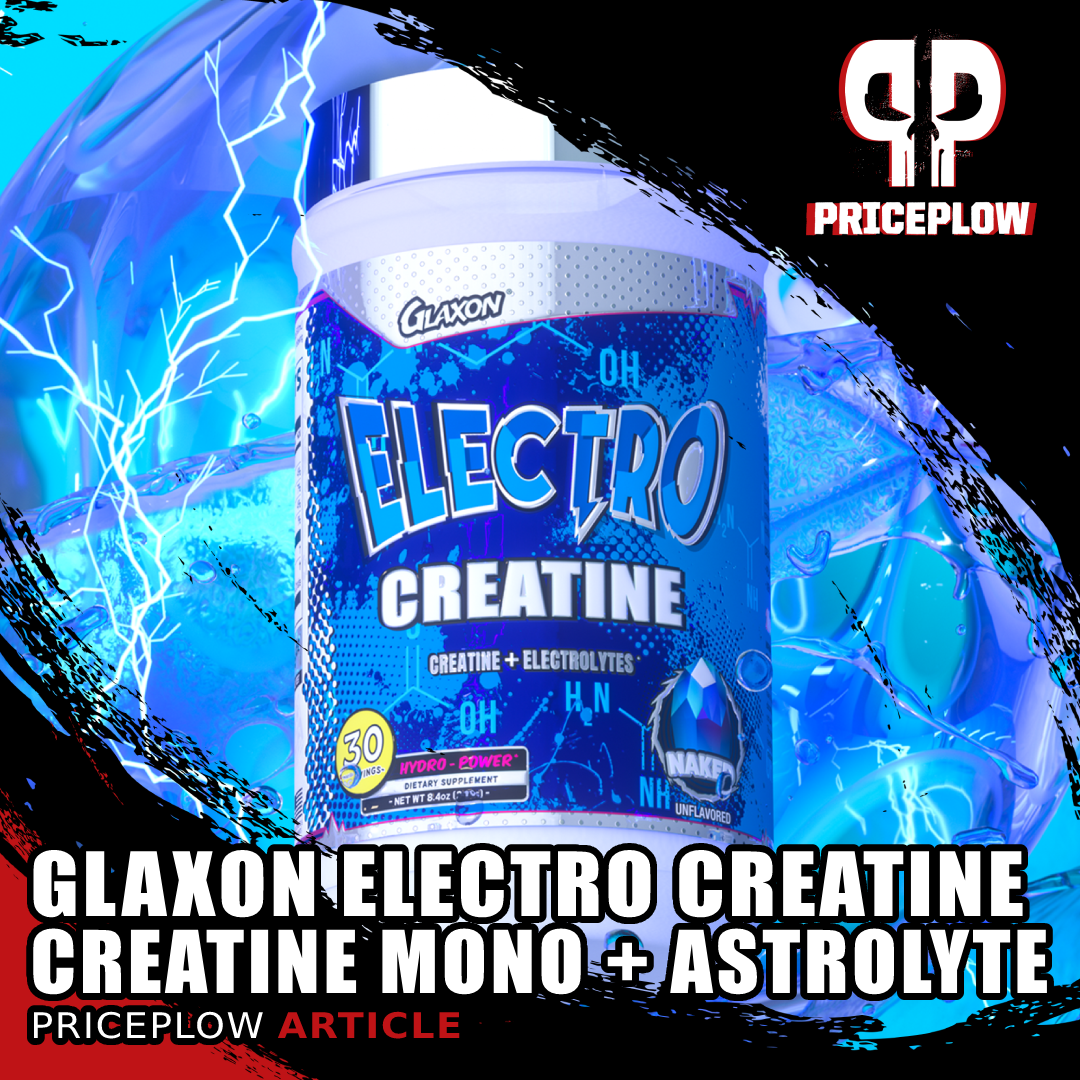
Glaxon Electro Creatine combines creatine monohydrate with their trademarked hydrating Astrolyte blend - bringing a bit of extra synergy for your creatine transporters.
However, they now have a second creatine supplement, and it's been for sale at GNC for a while: a powder formulation named Glaxon Electro Creatine.
Electro Creatine: Creatine Monohydrate with the Astrolyte Electrolyte Blend
With Electro Creatine, Glaxon fans and GNC customers now have a second option. It's a simple yet incredibly effective formula, combining 5 grams of creatine monohydrate with 1 gram of Glaxon's trademarked electrolyte blend, Astrolyte. It'll also stack perfectly with Glaxon NAD+ Synergy, another new cellular energy support supplement.
In this article, we refresh some of the major research on creatine, and explain how Astrolyte can improve the way you feel and perform by providing critical mineral electrolytes. It's not just for athletes - it's for anyone who's looking for a cellular energy boost and improved hydration.
First, take a look at PricePlow's coupon-based prices and accompanying video:
Glaxon Electro Creatine – Deals and Price Drop Alerts
Get Price Alerts
No spam, no scams.
Disclosure: PricePlow relies on pricing from stores with which we have a business relationship. We work hard to keep pricing current, but you may find a better offer.
Posts are sponsored in part by the retailers and/or brands listed on this page.
Glaxon Electro Creatine Ingredients
Here's what you get in a two-scoop (8 gram) serving of Electro Creatine:
-
Creatine Monohydrate - 5000 mg
Decades ago, creatine monohydrate was a "controversial" ingredient, but after mountains of research (and some common sense, given how abundant it is in meat), it's known to be incredibly safe and effective for both adults and adolescent populations.[1-3]
Creatine's not only well-researched, it's well-analyzed, with several reproduced studies and meta-analyses covering its benefits for the following:
- Increased power,[4,5]
- Overall weight gain,[5]
- Lean mass gains,[5-9]
- Sprinting speed,[10-12]
- Hydration,[13]
- Reduced fatigue,[14-17]
- Improved well-being[18-20]
- Better cognition in vegetarians[21,22]
- Minor testosterone gains[23-27]
- Greater bone mineral density[8]
The latter four bullet points above are especially true in populations that don't eat much meat, such as vegans and vegetarians. This makes sense, because creatine is most abundant in muscle tissue and meat.
The question is no longer about safety - it's about dosage, type, cost, and supporting ingredients / delivery systems. Glaxon's approach is to keep it simple: they chose the most heavily-researched form in creatine monohydrate and added electrolytes.
Before going further, let's get into the mechanisms and cover dosage.
How does creatine supplementation work?
There's a reason creatine has so many benefits: it provides a very general function. Creatine's primary role is to donate a phosphate group for critically valuable biochemical reactions. The phosphate groups supplied by creatine are combined with adenosine diphosphate (ADP) molecules in order to create more adenosine triphosphate (ATP) molecules.[28-31]
ATP is known as the "energy currency" of the cells. While we often think in terms of calories, our cells and their "powerhouses" (known as the mitochondria) operate in terms of ATP. Creatine gets us more ATP, and with that, we get more cellular energy - to be used throughout the entire body, not just muscle tissue!
Unsurprisingly, having low ATP levels means having low energy and performance levels as well as greater risk of disease.[32] Creatine isn't the factor in terms of ATP production, but it's a powerful one. While the body can create its own creatine (and it's not technically an "essential" nutrient), it's taxing for the body to generate -- and supplementing it means the body has to spend less time and energy to create it.[33]
We cover ATP support a lot in our recent article on Glaxon NAD+ Synergy, which will stack incredibly well with Electro Creatine. Read the article linked above to learn more!
Creatine monohydrate
Creatine monohydrate is a form of creatine where each creatine molecule is bound to a single water molecule, hence the name monohydrate.[34] It's the most well-studied form of creatine, and if you're looking for the greatest body of research, it's the one most often suggested to use.[2]
Glaxon often loves to come up with wildly unique formulations (see their Specimen pre workout or Protos Whey), but when it comes to creatine, it's best to keep it simple and well-studied. They also use it in their Dr. Creatine capsule formulation as well.
With that decided, we have to talk about dosage, and that generally brings us to diet and excretion:
How much creatine to take?
First, let's start backwards, by looking at how much creatine is lost. Generally, the average man excretes two grams of creatine daily,[35] but the real number will depend on his size and musculature. Studies show that men lose about 1.6-1.7% of their creatine stores each day,[36,37] while women lose slightly less than that.[35]
We want to get our creatine stores at saturation level, so two grams per day would be the bare minimum - and if you're exerting that much or eating too little meat, you may never get to that level. To be sure (and to get to saturation quickest), you can institute a loading phase of 20 grams per day for five days if you want to mimick much of the early research, but we're generally fine with 5 grams per day and reaching saturation over time.
Where is creatine naturally found?
Creatine's most prevalent in beef, at about 2 to 2.5 grams of creatine per pound of uncooked meat.[38,39] Chicken, being a weaker animal and inferior form of food, has a touch less creatine inside -- roughly 1.5 grams per pound of meat.[40]
So technically speaking, if you eat tons of meat -- as in a carnivorous diet -- you probably don't need to supplement any more. Most aren't doing this, however, so the above information combined is why 3-5 grams per day is the suggested daily dose. Bigger guys and vegetarians should go higher (two scoops of Electro Creatine), while smaller guys and women can shoot lower at one scoop per day.
All in all, looking at the research, we believe that creatine should be considered essential, but technically, it's not. The point is, if you're low on creatine, you're not going to perform your best, and it's a safe, cheap, and easy ingredient to supplement.
-
Astrolyte Electrolyte Blend - 1000 mg
Now for the add-on ingredient that Glaxon chose to pair with creatine monohydrate: their own trademarked Astrolyte Electrolyte Blend.
Glaxon Astrolyte bring hydrating electrolytes in style. In this article, we dig deeper into the added mineral absorption ingredient, fructooloigosaccharides.
Formulated to improve hydration, Astrolyte is in nearly every sports supplement from Glaxon, providing extra electrolytes from magnesium citrate, sodium chloride, and potassium citrate as well as mineral uptake enhancing fructooligosaccharides (FOS).
You can get Astrolyte on its own, and we've covered the blend in depth in our article titled Glaxon Astrolyte: Hydrating Electrolytes That Do More.
Synergy with Creatine
Before getting into the details of each individual part of Astrolyte, it's worth mentioning that there's more than just "hydration" at play here. Digging into the mechanisms beneath creatine, we learn that there's a creatine transporter SLC6A8 that's a member of the "solute carrier family".[41] It turns out that this transporter is dependent on sodium and chloride,[42] which are both well-dosed in Astrolyte. This ensures limited bottlenecking for creatine transport, helping to opitimize your body's efficiency with the supplement.
Additionally, below are some of the major benefits of each individual component:
- Fructooligosaccharides (FOS) are included because they can improve mineral absorption, which has been shown when paired with magnesium, phosphorus, calcium, iron, and zinc.[43-46] The mechanism is through a reduction of colon pH, which increases the minerals' solubility.[47,48]
FOS also has a prebiotic effect, helping the gut to generate short-chain fatty acids that are very helpful for gut health.[49]
FOS also tastes good - it's touted to be 0.3 to 0.6 times as sweet as sugar,[50,51] so no complaints there!
- Sodium chloride is simply table salt, and is required for muscle contractions.[52] Athletic researchers show that sodium is a vastly underrated mineral for athletes, and that athletes should not fear sodium consumption.[53] Most Glaxon consumers know this by now, given how much Astrolyte is in their lineup, but if you want more information, take some time to read the review titled "The Importance of Salt in the Athlete's Diet".[53]
- Magnesium is a mineral that's essential for proper blood glucose control and insulin sensitivity.[54-56] When supplemented, there's some research showing that it can improve aerobic exercise capacity by improving muscle tissue oxygenation in endurance athletes.[57] Like creatine, magnesium can also improve bone mineral density, which has been shown in females.[58]
- Potassium is an important mineral that researchers call a "shortfall nutrient" because Americans are getting too little in their diets.[59] There's not a great deal of athletic research on it, but there's definitely support for better cardiovascular health benefits, such as reduced blood pressure and lower risk of heart disease.[59-61] Additionally, potassium can also help with bone mineral density through improved calcium retention.[62,63]
Astrolyte enables you to get more out of your creatine by helping you stay properly hydrated and helping you to transport it. This is a simple yet effective addition to tried-and-true creatine monohydrate.
- Fructooligosaccharides (FOS) are included because they can improve mineral absorption, which has been shown when paired with magnesium, phosphorus, calcium, iron, and zinc.[43-46] The mechanism is through a reduction of colon pH, which increases the minerals' solubility.[47,48]
Flavors Available
While Electro Creatine launched with just a "Naked" Unflavored version, we'll keep an up-to-date list below in case any flavors are added.
If you want flavored creatine, contact @iamGlaxon and let them know how you use it! Otherwise, add it to your Specimen pre workout, which is discussed next:
Stacking: Consider NAD+ Synergy and Specimen
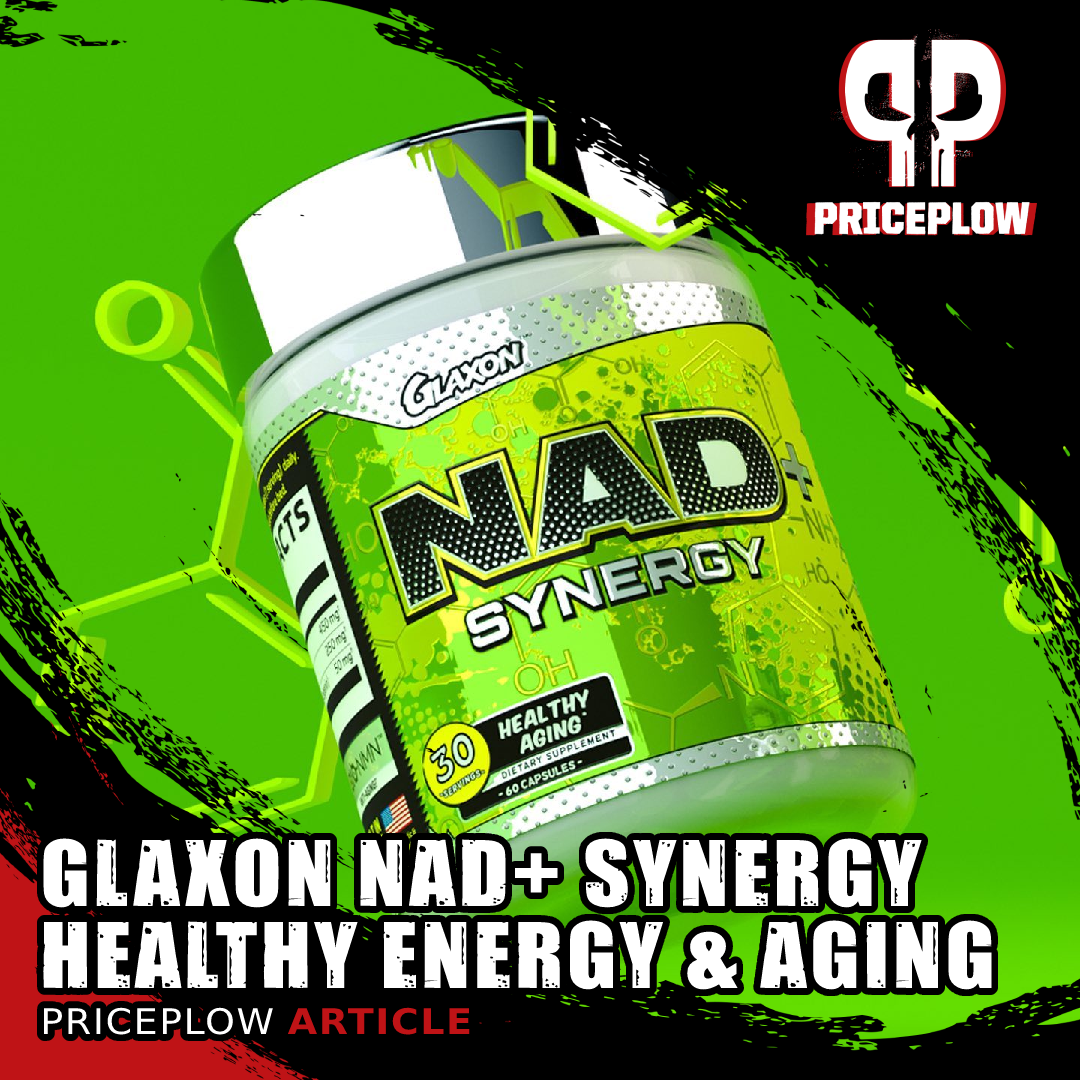
Glaxon NAD+ Synergy uses BioNMN (NNB Nutrition's nicotinamide mononucleotide ingredient) combined with two synergistic ingredients to keep NAD+ levels high for incredible cellular energy!
Electro Creatine can be taken any time of the day. A great time to add the unflavored version is to your Specimen Pre-Workout (or if you're really getting after it, look at Specimen G.F.Y and get ready for the upcoming Specimen MAX, which is rumored to be GNC's strongest ever pre workout).
However, for those looking for clean, cellular energy through enhanced ATP production, you should also consider Glaxon NAD+ Synergy, which is built to produce another key molecule in NAD+. Read our article titled Glaxon NAD+ Synergy: Healthy Energy, Healthy Aging to learn more about the benefits of increasing NAD+.
Takeaway: Electro Creatine adds the electrolytes
Not everything from Glaxon needs to look like total rocket science. Sometimes, it's best to let the research speak for itself, and when it comes to creatine monohydrate, there's mountains of data on the topic.
Electro Creatine was originally launched at GNC, and is the start of a major partnership between the two companies. As discussed in our discussion with Glaxon CEO Michael Bischoff and Formulator / Chief Joey Savage in episode #057 of the PricePlow Podcast, there's a lot more coming our way with the Glaxon + GNC partnership. So stay tuned to PricePlow's Glaxon news alerts below and we'll keep you posted:
Glaxon Electro Creatine – Deals and Price Drop Alerts
Get Price Alerts
No spam, no scams.
Disclosure: PricePlow relies on pricing from stores with which we have a business relationship. We work hard to keep pricing current, but you may find a better offer.
Posts are sponsored in part by the retailers and/or brands listed on this page.
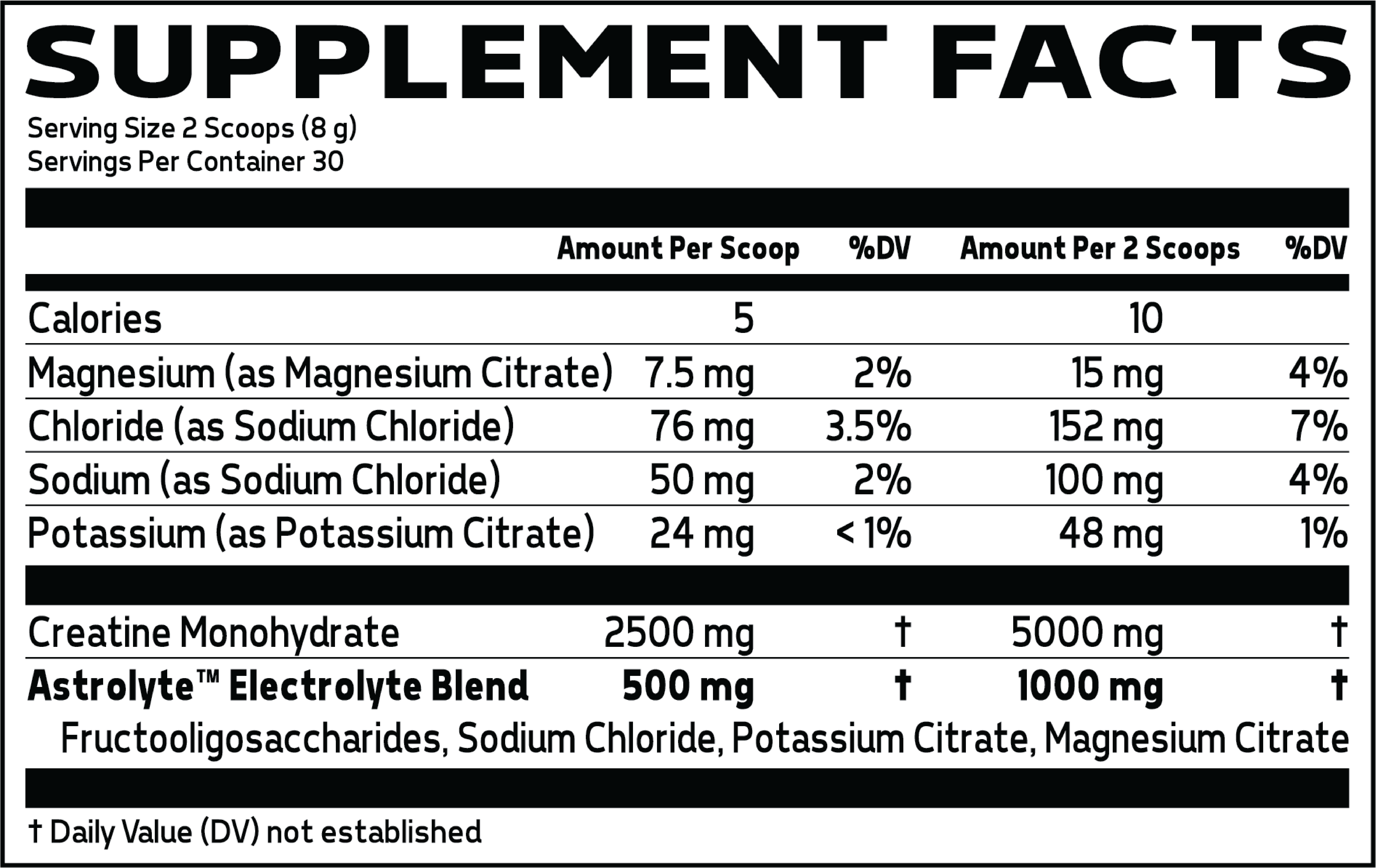
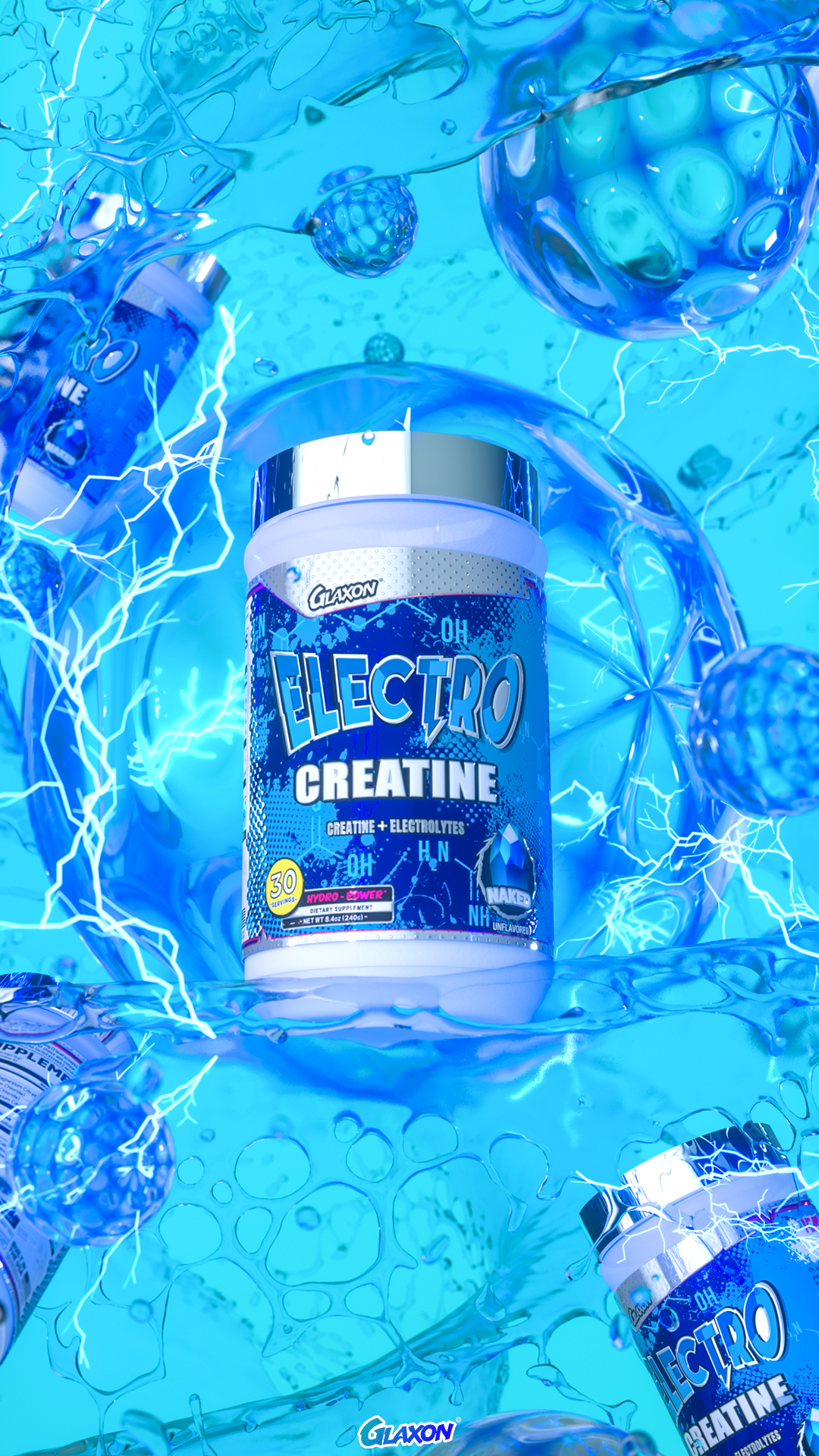
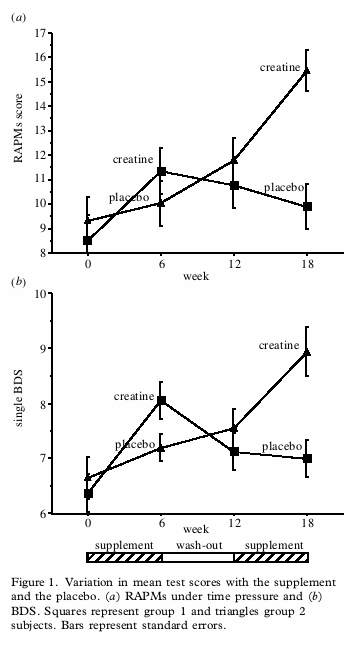
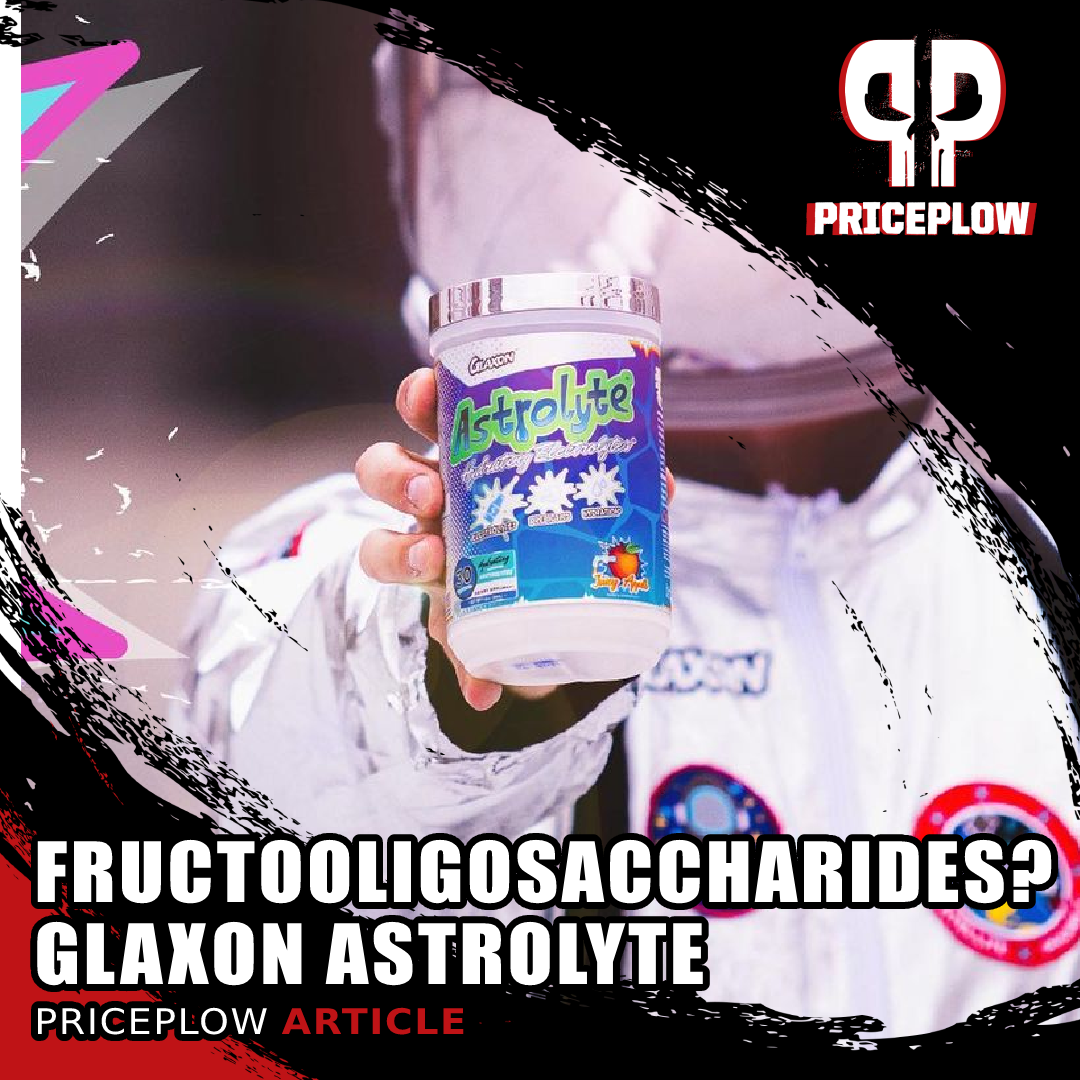
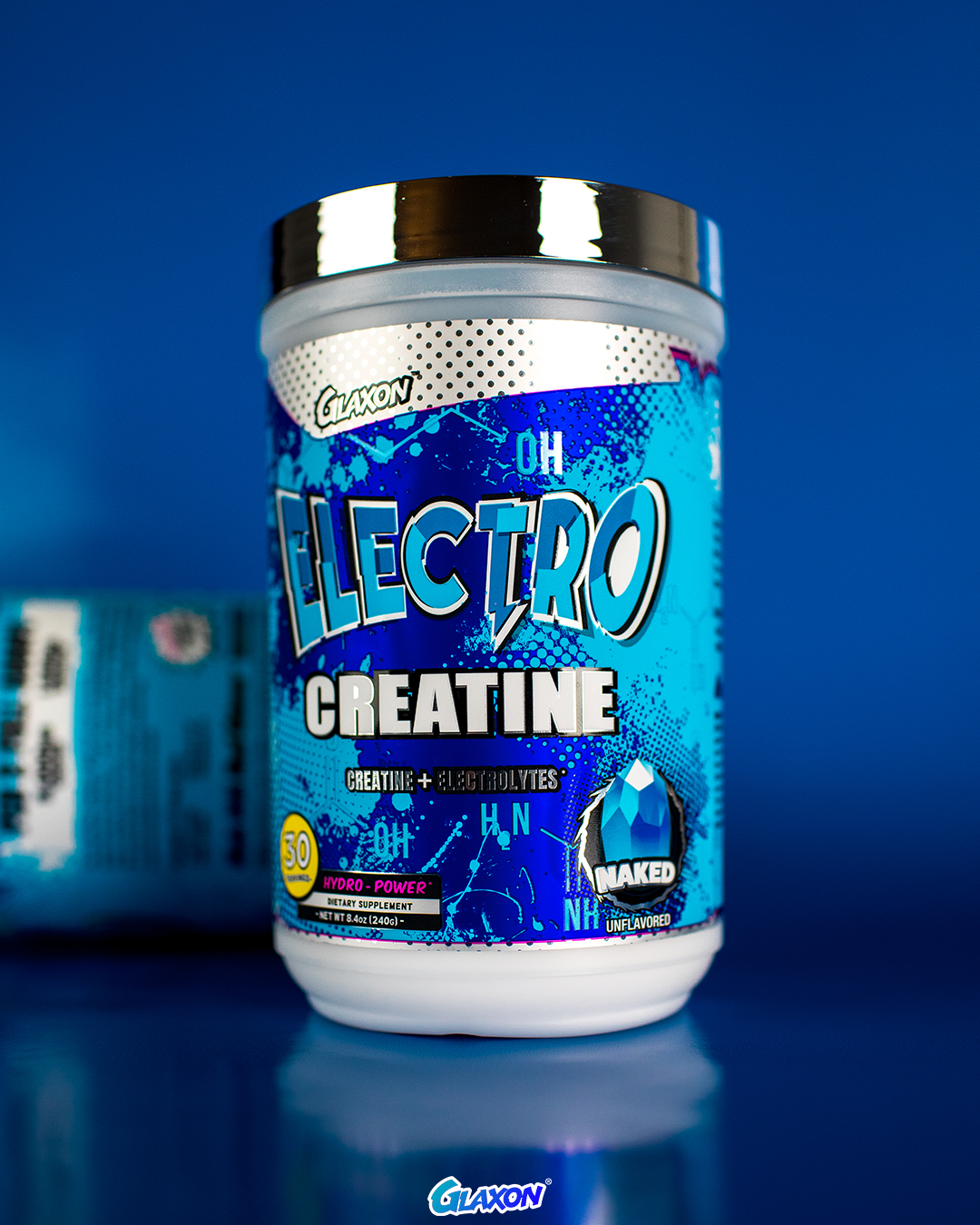
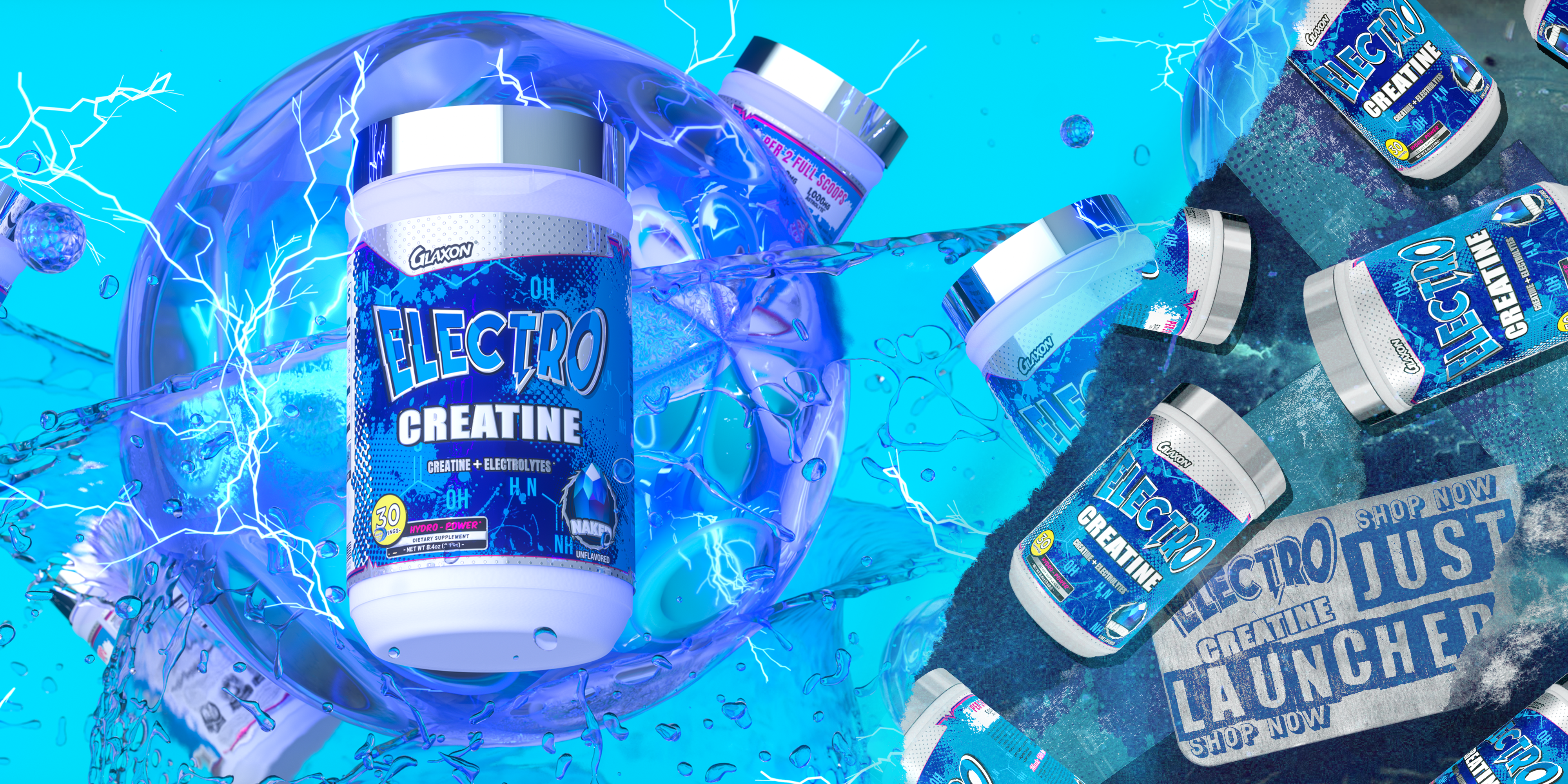


Comments and Discussion (Powered by the PricePlow Forum)